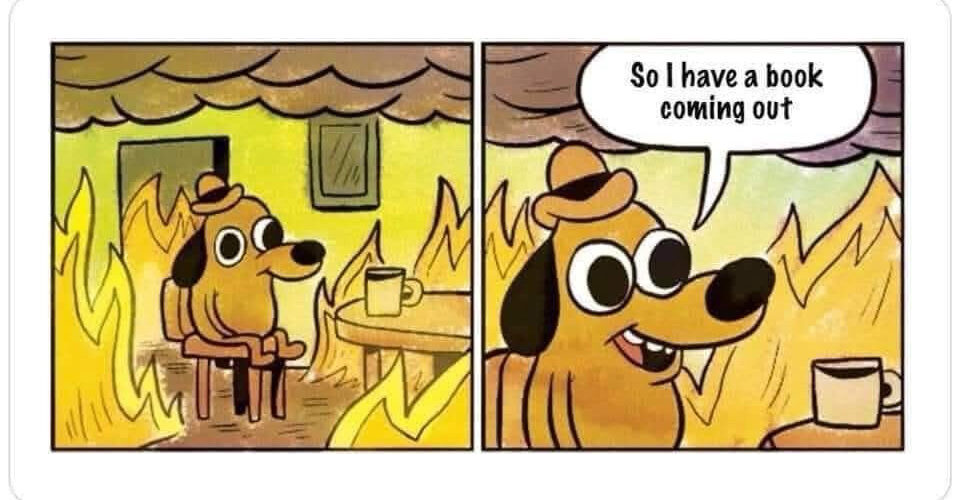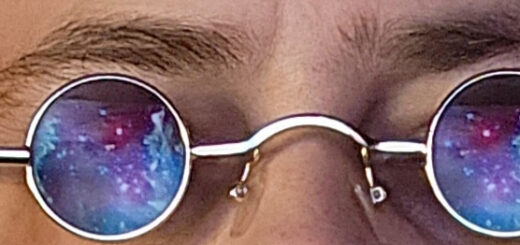WRITING LESSON: A Starving Artist is ALWAYS Hungry

Hello, Acolytes and welcome back to another one of our irregular classes on How to Get an Indie Book Published (We’ve finally gotten a course title workshopped – goes in for market testing next week!)
This week I teach you what I learned, this week, about cover art. Without further Ado, let’s jump in:
The above block was written over two weeks ago. That’s just how hungry starving artists are. Allow me now to explain:
If you are thinking about self-publishing (or Indie Publishing as it’s called now – and a better name it is,) which is probably the best way to go unless you have a nepotism entry into publishing.
If you do have a nepo entry into publishing, fuck off; this guide on How to get an Indie Book Published (It cleared market testing and drop-testing before I got back to writing this post) is for Indie Writers: the anonymous many, who don’t use a journalism major as a slow-track into ghostwriting for Simon and Schuster’s author stable.
Now, where was I? Oh yes: You know how I keep saying it’s about having a holistic presence on social media, and that it’s all who you know? Nepos already know who they need to; the rest of us have to try and get over our crippling social anxiety and go out and interact with human people.
Well a couple of weeks back, over on BlueSky, I posted to #BookSky that I was looking for a cover illustrator. I had interested parties DM me with their emails, then sent out my query: I showed them the old cover art, as well as the Generative AI “mock-up” I made to give the cover artist to give them an idea of what I wanted.
I wanted to give the artist I hired an idea of what I envisioned (An updated/alternate version of the original cover, more in line with what I’d pictured) I used the mock up concept cover art I’d made for my own motivation and told them that was what I was looking for, in terms of art.
ALERT! INCOMING TANGENTIAL TIRADE ALERT!
Wait; why didn’t I just use a Gen AI cover? Because I’m opposed to plagiarism, and the way LLMs connected to creative tools work is that it copies from other artists, specifically by reproducing images according to scores given to the words you used to describe your project. Gen AI sucks, Gen AI is painfully obvious, and Gen AI is plagiarism.
The ONLY proper use of Generative AI in the creation of a cover for your book is to use it to create a concept mock-up for an artist YOU FUCKING PAY MONEY TO CREATE. Indie Artists support Indie Artists; we’re all partners, not competitors.
Now, as to writing, the only use Generative AI has in the writing process is if everyone you know is dead and you need someone to spitball your ideas to – not to SUGGEST ideas to you, but to help you clarify your thoughts. REMEMBER: EVERYONE YOU KNOW AND LOVE MUST BE DEAD BEFORE RESORTING TO THIS OPTION.
Likewise, using LLM/GenAI to “write” your book is not only lazy, it is an irrefutable demonstration that you lack talent and imagination. All you have is an idea, and, honestly, ideas are a dime a fucking dozen. If you don’t have the talent to turn that idea into a story, either learn the fuck to write, or get the fuck outta the way of those of us who know how.
TANGENTIAL RANT ENDS! TANGENTIAL RANT ENDS!
So, what happened?
I got a shit-ton of offers. All of them were great, and a couple of them had the kind of style I wanted for the cover, and ultimately I went with the person whose art style I preferred most. But I had to reply to a fuckton of emails, look at a metric fuckton of artistic portfolios, and sift through all of it to find the artist who was right for me.
It was Administrative Hell, because it took several hours over several days to get through, and no matter how awesome pictures are, spend the day looking at them eventually you get bored. But one artist’s portfolio stuck out, and I decided to hire them.
I had a price range in mind, based on my budget. Astonishingly, what I thought would be too little money wound up being the average asking price.
So if you can only scrape together $150-$200 you can get an amazing artist to do fantastic work.
And the bigger your budget, the more Indie Artists become available to you: I had offers asking $300, $500, someone even wanted $800, and their work was great, but way outside my price range – I didn’t waste their time other than to tell them they were out of my price range and they’re best sticking with the clientele they were making bank on.
Why the cost? Because you’re paying them for all the YEARS they have invested, both learning and doing, to hone their craft to the point that they make work WORTH that money. That is not to besmirch lower-costing artists; I was fucking relieved to find such talent in my price range. Some Indie Artists are still in school, others, this IS their only gig; they charge based on their rep, so lift them up and they will lift you up in return.
Indie Artists jump at tenders; remember the title of this Blog Post/Online Class Session, dear Acolytes.
Now that you’ve scrolled up and back down, note that while I’ve touched on my plans for a fundraising campaign, I am not fundraising to pay the artist; I’m paying them out of pocket. Their work will be the first thing people see, when they see any visuals for the Author’s Edition of They Came in Peace. It’s literally the book’s ambassador. And the cover is probably the most important investment in your book you make, because people DO judge books by the cover, no matter the aphorism.
The cover will be front and center of the fundraising campaign, and, if the campaign is successful, it will be front and center of the marketing campaign, launch, etc. It’s very important to carefully pick the cover artist – and for the love of your book, DO NOT DO IT YOURSELF NO MATTER HOW GOOD YOU THINK YOU ARE.
Unless you are a professional, leave it to the pros.
And having a trusting relationship, an honest relationship even if it’s only over email/text/chat/videoconference. The more you can tell your artist, the better.
Okay; keep an eye for new posts; they’re announced on my BlueSky whenever they infrequently go up, but they are here.


